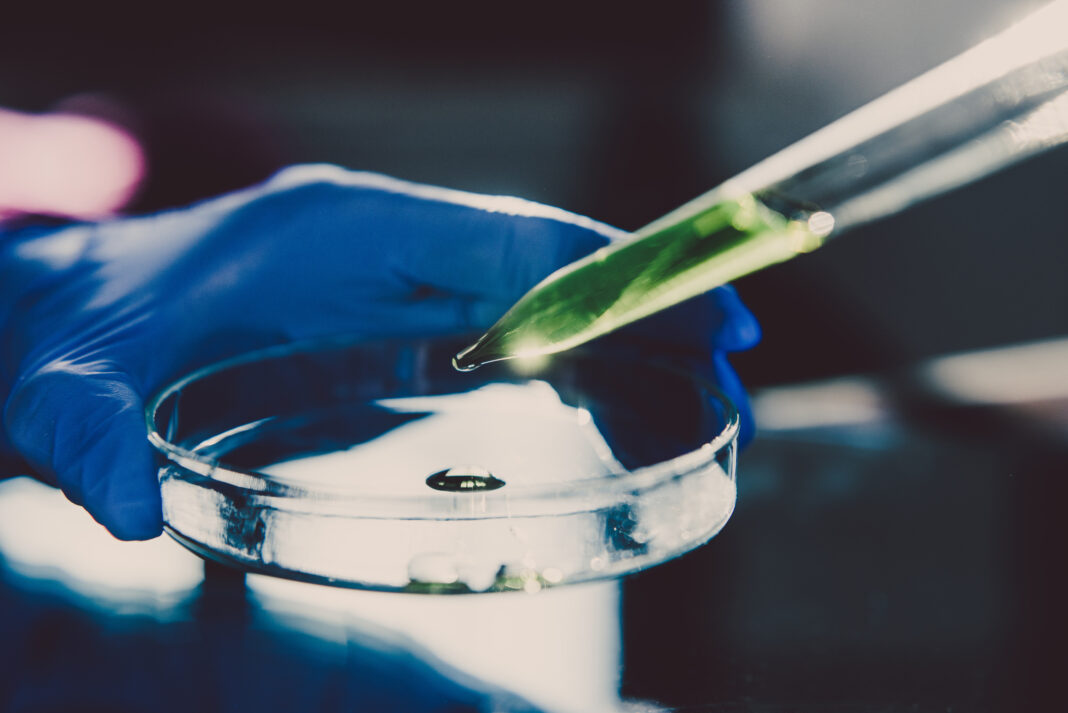A new protein nanoparticle modeling application that removes hidden transmembrane sequences has just been introduced by researchers at the University of Washington. Called the Degreaser, it can improve cellular secretion yields for engineered nanoparticles as well as natural protein assemblies by as much as 20-fold. By enhancing the secretion of nanoparticles from eukaryotic cells, protein nanoparticles may become an important platform for new vaccines and biologics.
Protein nanoparticles employ hydrophobic interactions in folding and to drive supramolecular assembly. Unfortunately, many of these nanoparticles have poor secretion capabilities.
“Because Degreaser accounts for cryptic transmembrane domains that could prevent secretion…it can save subsequent rounds of redesign needed to account for this phenotype,” John Wang, PhD, postdoctoral scholar in the lab of Neil P. King, PhD, assisstant professor at the University of Washington, tells GEN. “We hope we can bring proteins that are therapeutically interesting [but] limited by their secreted yields to the same playing field as antibodies, which are well-secreted, stable, multi-faceted in application, and already clinically available.”
In a recent paper, Wang, postdoctoral scholar Alena Khmelinskaia, PhD, and more than 20 colleagues explain, “The Degreaser…could pave the way towards the design of mRNA-launched nanoparticle vaccines with atomic-level accuracy.” This approach allows nanoparticle scaffolds to be optimized at both the functional and structural level with minimal disruption and in ways that are impossible with naturally-occurring scaffolds. Khmelinskaia used Degreaser to design a suite of new secreted protein nanoparticles that Wang says “represents a new platform for the production of eukaryotically-produced biologics.”
In terms of implementation, “Degreaser can be added as another step in any Rosetta design protocol,” Wang says. (Rosetta is used to model and analyze protein structures.) “It can save time with respect to screening designs that are intended for secretion, because we expect Degreaser outputs to be minimally perturbing with respect to designed proteins.” The licensing options mirror those of the Rosetta software suite.
The potential downside, Wang says, is that, “A given, failed, design will have an extra layer of complexity that could confound results,” causing ambiguity regarding the cause of the failure. The other, more general, consideration is whether the Rosetta design will be compatible with the planned application.
The name Degreaser is derived from the hydrophobic residues that protein scientists refer to as “greasy,” Wang explains. “Thus, it seemed apt to call a protocol that can design away very hydrophobic segments—greasy stretches—the Degreaser.”
Wang and colleagues speculate that, in the future, more aggressive use of the Degreaser to design two-component nanoparticles and other proteins could yield larger improvements in the secretion output of specific proteins, making new applications of designed proteins feasible.


